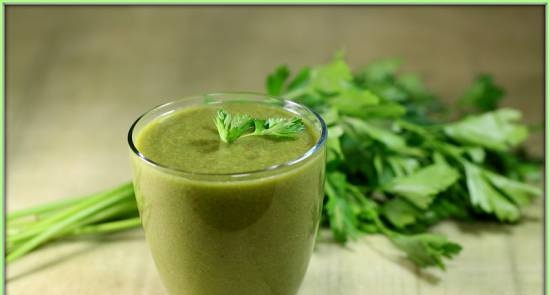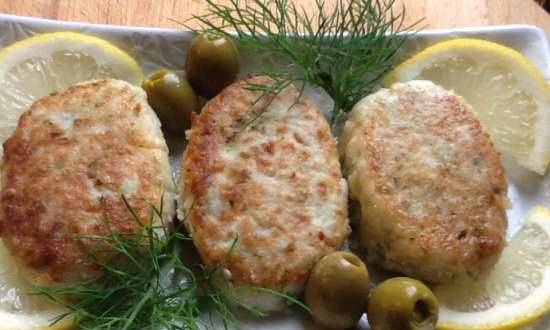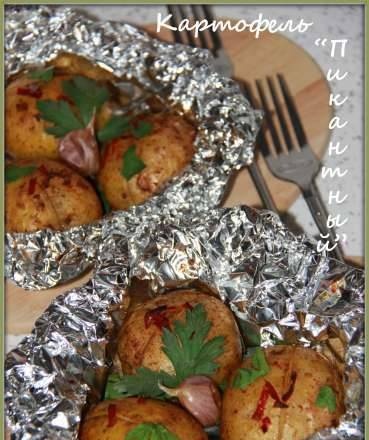|
 In parsley, as in some other spicy-root crops (parsnips, celery), not only root vegetables, but also leaves are used for food. All parts of the plant have an aromatic smell due to the presence of essential oil. In parsley, as in some other spicy-root crops (parsnips, celery), not only root vegetables, but also leaves are used for food. All parts of the plant have an aromatic smell due to the presence of essential oil.
Parsley leaves and roots contain significant amounts of sugars, protein and vitamin C. Sugars are mainly represented by glucose, fructose and sucrose; xylose is also found in root crops. The leaves are dominated by glucose and fructose, and there is a lot of sucrose in the roots.
Leaves are significantly richer in carotene, vitamin C and folic acid than root crops. According to the content of ascorbic acid, parsley greens should be classified as rich in C-vitamin carriers. Attention is drawn to the presence of a rather significant amount of vitamin E in the leaves, niacin and vitamin B6 - in root crops. The specific aroma of parsley is associated with essential oil. Most of the essential oil (up to 7%) is found in fruits, in a fresh plant - 0.016-0.3%. The essential oil contains apiol, a-pinene, myristicin, aldehydes, ketones, phenols. The fruits contain furocoumarin bergapten, which increases the sensitivity of the body to the sun's rays (photosensitization), due to which it is used in the treatment of alopecia areata, vitiligo and other skin diseases. There is evidence that furocoumarins inhibit pathological tissue growth, and therefore their use as antitumor agents is promising. Numerous flavonoids are found in parsley: apiin, luteolin-7-aiioglucoside, isorhamnetin, quercetin, kaempferol, etc.
The fruits contain 17-22% fatty oil, which contains a specific petroselinic acid. Leaves and roots are used as a spicy seasoning for first and second courses, and are also used in the canning industry. They enrich food with vitamins.
The medicinal uses of parsley are varied. It has long been used as a means of increasing appetite, improving digestion and absorption of food. Seeds, roots and herbs are diuretic.
An infusion is prepared from the crushed seeds (one teaspoon of seeds is poured with a glass of cold water, insisted for 8 hours and then 1/3 cup is taken 3-4 times a day) or a decoction (4 teaspoons of seeds are poured with two glasses of boiling water, boiled for 15 minutes, after which is insisted until completely cooled and filtered; take 1 tablespoon 4-5 times a day, children - 1 teaspoon 4-6 times a day). Infusions are prepared from greens and roots (1-1.5 tablespoons of chopped raw materials are poured with a glass of boiling water, insisted before cooling; take 1 / 3-1 / 4 glasses 4 times a day 15-20 minutes before meals). Juice obtained from fresh herbs is also used as a diuretic. It is taken 1 dessert spoon 3 - 5 times a day (with urolithiasis, cystitis).
Parsley has a therapeutic effect in case of menstrual irregularities, promotes the discharge of gases during flatulence, increases the muscle tone of the bladder, intestines, and uterus. It is also used as a diaphoretic and choleretic agent, and in the latter case it acts more effectively than the ubiquitous solution of magnesia sulfate (magnesium sulfate).
Parsley is also used externally. Leaf juice lotions (or pounded leaves) reduce inflammation and soothe the pain of bee stings. Fresh herb juice and ointment from the fruit decoction are effective in the fight against body lice and head lice. The root is chewed to strengthen the gums and reduce bleeding.Infusions and decoctions of parsley, as well as juice are used in cosmetics to remove freckles and age spots (wipe the face with juice or decoction of roots, mixed in equal parts with lemon juice). To whiten the skin of the face, it is recommended to wipe it with freshly squeezed parsley juice.
Parsley is contraindicated in gout (as it is rich in purine compounds) and certain kidney diseases.
Preserving herbs of spicy plants. Greens of parsley, celery, dill and other spicy plants are preserved by dry pickling. For salting, take greens before flowering or at the very beginning of flowering. It is sorted out (discarding the hard stems, woody parts), after which it is washed in cold water and cut into pieces 1.5-2 cm long. wooden or earthenware barrels, enamel or glass containers. A layer of salt is poured onto the bottom of the dish before laying the herbs. Greens in a container are also covered with salt on top. Store in a cool place.
V.P. Perednev Fruits and vegetables in human nutrition
|
 In parsley, as in some other spicy-root crops (parsnips, celery), not only root vegetables, but also leaves are used for food. All parts of the plant have an aromatic smell due to the presence of essential oil.
In parsley, as in some other spicy-root crops (parsnips, celery), not only root vegetables, but also leaves are used for food. All parts of the plant have an aromatic smell due to the presence of essential oil.











